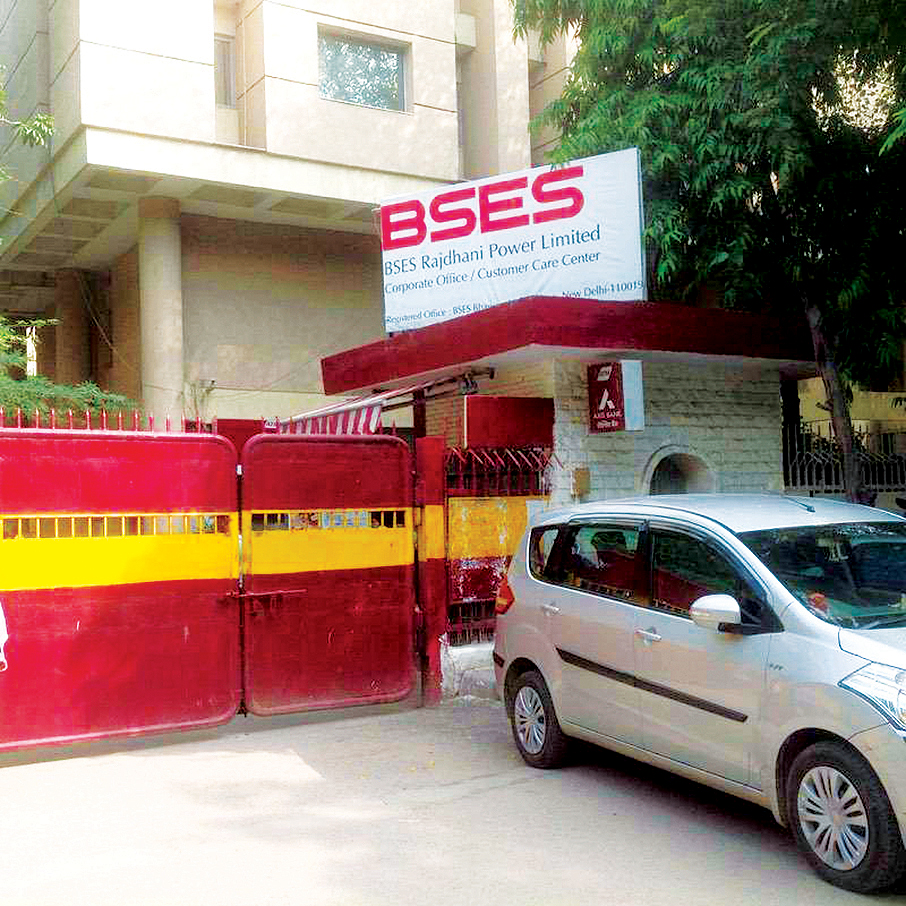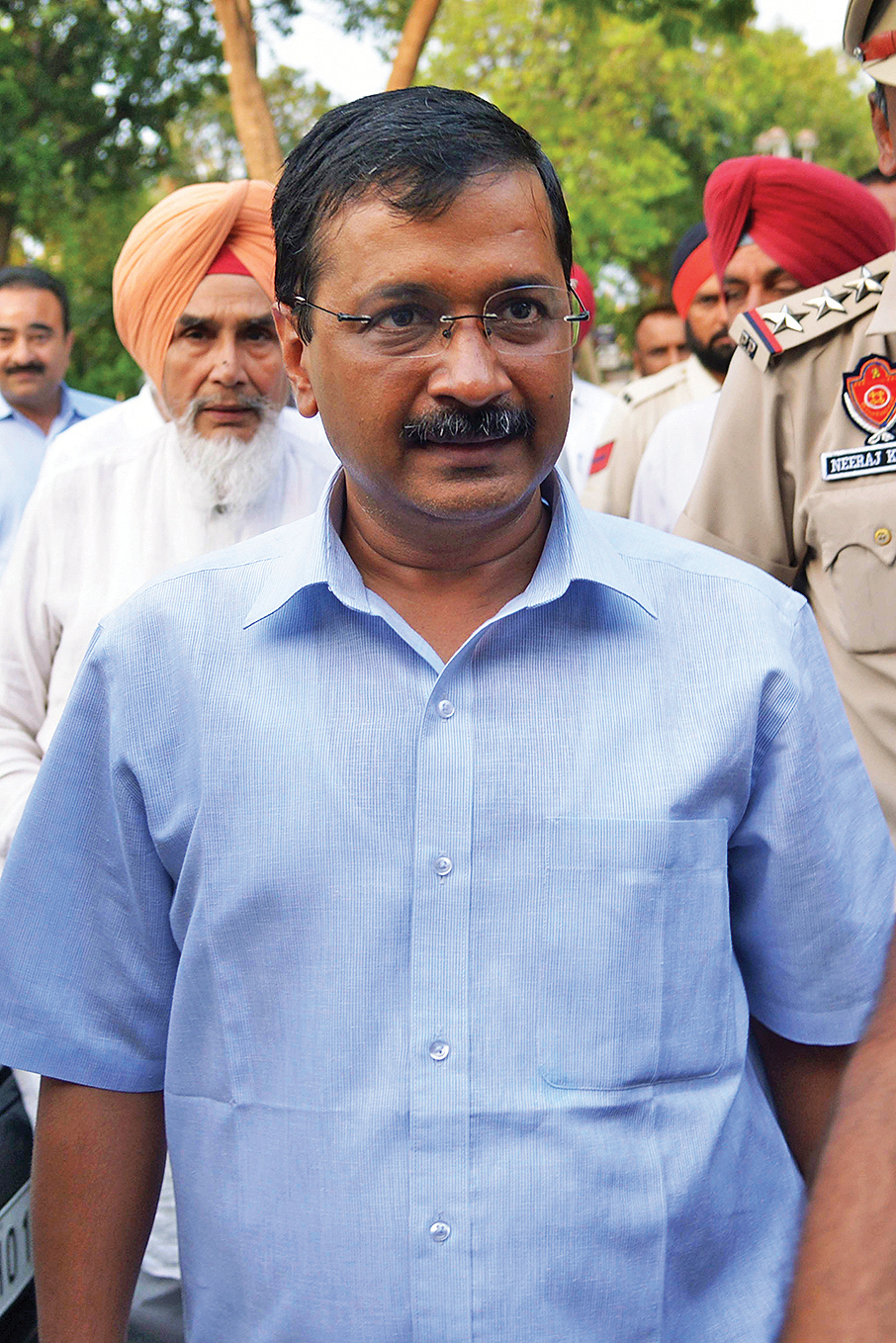The Kejriwal government will complete four years in office on Valentine’s Day. A look at some of the flagship initiatives that have made the lives of Delhi’s citizens easier
The upstart party has been four years in power, an eventful period punctuated with ups and downs. It came in out of the cold and brought a new style of government, living up to its name of being there for the people, not for its own self-serving needs.
To start with, the headlines were all about Kejriwal’s less than cordial relationship with the two lieutenant governors (L-Gs) he was required to work with — the incumbent Anil Baijal and his predecessor Najeeb Jung
That was primarily because the Delhi government was on a collision course with the central government, which in turn had substantially curtailed its power to run Delhi after the L-G was declared the administrative head of Delhi by the Delhi High Court.

It was only in July last year, in a landmark judgement, that the Supreme Court said that though Delhi enjoys a unique position under the Constitution but the LG is bound by the aid and advice of the elected government. The power to run Delhi was restored in great measure to the Kejriwal government after three and a half years of their election with a landslide margin, where AAP decimated two top national parties—the BJP and the Congress.
Alongside this persistent struggle for survival, the Delhi government took some historic measures to better the life of an aam aadmi (common man). Patriot looks at four such flagship schemes to figure out, beyond the rhetoric, whether the Kejriwal government has been able to deliver what was promised to the people of Delhi.
Government Schools:
One thing is for sure, the government has shown the right intent, it’s not merely a slogan. Under Deputy Chief Minister Manish Sisodia, in the last few years, Delhi government has allocated a whopping quarter of its entire budget for education and expansion in capacity and upgradation of infrastructure. Sisodia has been carrying out surprise inspections to see the progress, some erring principals were even suspended.
The makeover of schools was credited to Atishi Marlena, advisor to Sisodia, who was removed on the direction of the Union Home Ministry. Despite this, the action on the ground bore fruit. Last year, Delhi government schools did better than private schools in the CBSE examination. The pass percentage for Delhi government schools saw a remarkable increase this year — rising to 90.68% from 88.36% last year; 168 government schools achieved 100% results against 112 of last year.
In private schools, the percentage increased by 4.15% to reach 88.35%. Also, pan India, the overall performance of government schools in Delhi was the second best after Thiruvananthapuram.
Parents are happy and the credibility of government schools is restored. The government Sarvodaya co-ed senior secondary school in Rohini Sector 21, which was opened on April 1, has become the model school with 69 rooms in a swanky building, with a separate room for yoga, music and a mathematics laboratory apart from a science laboratory.
Last year, reportedly, 900 kids chose government schools over private ones. Rajat Rawat, whose son studies in a senior secondary school in Rohini, says, “I can afford to send my son to a private school. But I would prefer Delhi government school, not only because it’s cheaper and has better facilities, but also because I’m against consumerist culture that private schools propagate.”
But a visit to the headquarters of the directorate of secondary education, in charge of 926 schools, does not present such an optimistic picture. An additional director level officer paints a different picture, “There’s government will, but we don’t have a magic wand. Reforms in education take time. There are many schools where fruits of reforms are yet to reach. There are systemic issues and a work culture that cannot be changed overnight.”
Home Delivery of Public Services
It’s still early days of the ambitious initiative by the Delhi government launched in September last year. In the first phase, 40 public services were to be provided at the doorstep. There was an objection by the L-G to what Kejriwal government describes as ‘home delivery of governance’ which includes services like issuance of caste certificate, income certificate, registration of marriage, various family benefit schemes and water connection amongst others.
The response was overwhelming, the Delhi government had to increase the number of call lines from 50 to 300 and deploy 300 mobile sahayaks to ensure hassle-free services. People are not used to dealing with the government on-line via phone; it’s more of a psychological issue, for some this scheme is too good to be true, rather radical.
Like Rakesh Barua, a resident of CR Park, a civil engineer, who says, “This scheme is ahead of its time. I’d rather go visit the concerned authority than avail home delivery facility. I like to deal with government face to face, as I have a lingering fear that something may go wrong.”
But then there are some others who enjoy being freed of the need to queue up outside the government office. Like Rahul Mathur, a student who recently shifted to Shahdara and availed this facility to get the address changed on his driving licence. But it’s still too early to access the success of this novel initiative of the Delhi government as some have faced problems accessing the facility and others complained that the call lines don’t work at times.
Health
Like in the education sector, there has been an increased focus on providing affordable healthcare services by increasing budgetary support to augment infrastructure and supply of affordable medicines. Kejriwal government has introduced a 3-tier healthcare system with mohalla clinics, anganwadis and polyclinics. Mohalla clinics have been appreciated all over the world as an effective way of delivering public healthcare services, including a letter of commendation from the former Secretary-General of the United Nations, Kofi Annan.
Delhi government has capped the prices of essential medicines, directing private hospitals to only charge patients the maximum retail prices (MRPs) for medicines in the National List of Essential Medicines, 2015. For non-essential drugs, disposables and consumables, all clinical establishments in the National Capital Territory of Delhi can bill patients at MRP or up to 50% over the procurement price as mark-up against administrative or handling charges, whichever is less.
Taking public health services to the doorstep and disciplining private hospitals has not been a mere lip service. Delhi government, while clarifying that it’s not against private hospitals, also holds that it won’t hesitate in taking action to stop “looting of patients” by private hospitals. Kejriwal, in an unprecedented move, cancelled the licence of Max Hospital in Shalimar Bagh for alleged medical negligence on multiple instances, including declaring a live baby dead in November 2017.
Power
Apart from disciplining private power distribution companies, Kejriwal government introduced power subsidy that reduced electricity bills, in some instances, by a quarter. This scheme primarily targets the economically weaker sections of the society. As per the revised subsidy scheme, consumers using up to 400 units will pay Rs 2 per unit, whereas those consuming 100 units will receive a subsidy of Rs 100 per month on fixed charges. The scheme encourages economical use of power and directly benefited about 41 lakh registered connection holders in Delhi.





